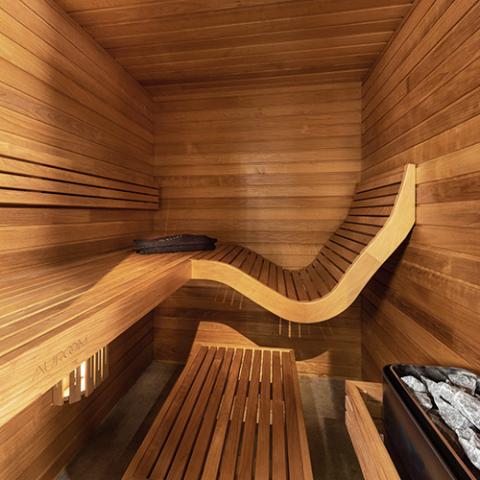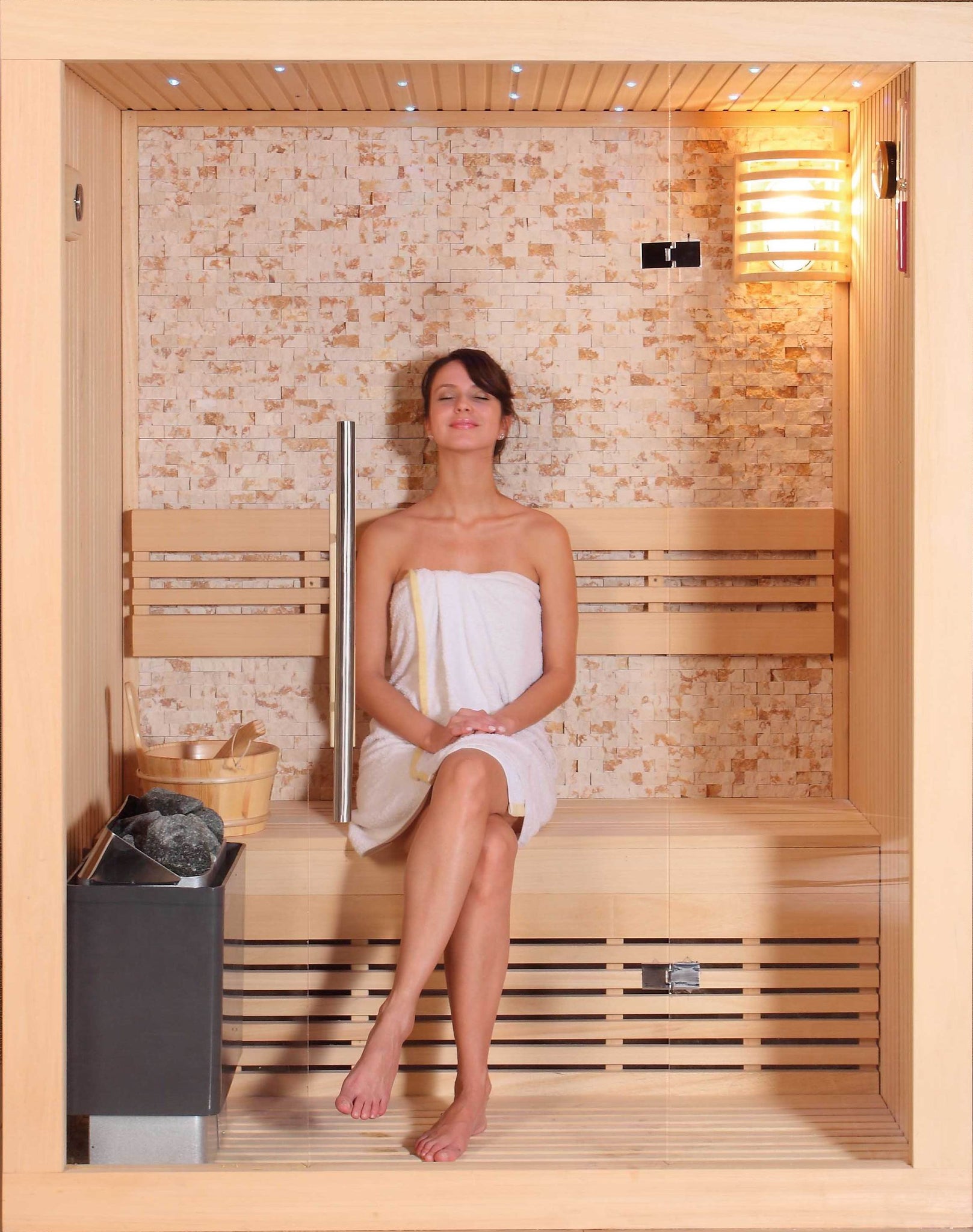Some Known Incorrect Statements About Traditional Sauna
Our Traditional Sauna Ideas
Table of ContentsFacts About Traditional Sauna RevealedThe 4-Minute Rule for Traditional SaunaThe Single Strategy To Use For Traditional SaunaSome Ideas on Traditional Sauna You Need To Know
A lot of the weight shed in a sauna is water loss and is re-gained upon rehydrating. Nonetheless, undeniably sauna can be a vital part of a healthy weight-loss program. To look at the differences between typical and IR saunas, I will divide these right into verifiable, academic, and produced distinctions.Hence, the hottest factor in the saunawhich is at the ceiling directly over the sauna heateris normally between 185 and 190 F. Traditional Sauna. Claims that a traditional sauna goes beyond 200 F is merely not true and not appropriate for electrical saunas sold in the US. The temperature for a far-infrared sauna is typically set in between 120 and 140 F; however, unlike the typical sauna, the objective in and IR room is not to accomplish a heat
Due to this, the temperature distinction is almost unnecessary, because excessive sweating causes both sauna types, however the method of heating the body is different. In an IR sauna the bather will feel hot and will certainly sweat a lot, but at much lower temperature levels. Thus, if the goal is to invest longer time periods in the sauna, the IR sauna is a great selection.

Some Known Facts About Traditional Sauna.
When the heat is attained, the components cycle on and off to preserve the heat. Many standard sauna customers take pleasure in pouring water over the rocks to produce heavy steam to raise sauna humidity degrees. The benefits of pouring water over the rocks include: making the room extra comfy, dampening the nasal flows, and permitting the usage of aromatherapy by mixing important oils with the water.
In a far-infrared sauna, the warmth waves permeate the body to effectively heat up the body and elevate the body core temperature level. To attain this enhanced temperature, Far-infrared emitters develop infrared power which is close to the very same wavelength as that which the body naturally emitsoften referred to as the "Vital Range" of 7 to 14 microns), so the energy is well gotten click for more info by the body.
When the energy goes into the body, it creates the body temperature to raise and inevitably results in sweat. In this hyperlink an infrared sauna it is necessary for the emitters/heaters to continue to be on almost regularly. Because there is no mass of rocks to maintain heat, the sauna will cool down if the emitters shut down.
As pointed out above, the sauna bather in an infrared room wants to place himself in front of running emitters to obtain maximum benefit from the warmth. The home heating time for the two rooms can be really various, depending upon just how the areas are utilized. For a typical sauna, a bather needs to permit 30-40 mins for the area to accomplish a preferred temperature level and to correctly pre-heat the rocks.
Traditional Sauna Fundamentals Explained
A well constructed sauna will generally accomplish a temperature level of 150-160 F in regarding 30-40 minutes (Traditional Sauna). For hotter temperatures, the room might require to warm for a longer duration. When the area accomplishes established temperature level, the heating unit will cycle on and off, generally operating regarding 50% of the moment. The protected walls and the warmed rocks will certainly maintain the room hot and at steady temperatures.
To some, 15 minutes was "thrown away" while the infrared energy heated the timber panels instead of warming a body, while others discover a pre-heated space to be much more comfy and think a raised starting temperature level is necessary to begin perspiring. The length of recommended usage for each area is roughly the same (10-15 minutes per session); nevertheless, because of the lower air temperatures and the ability to feel the results of infrared warm much faster than a conventional sauna, it is not unusual for a person to invest an overall of 20-30 minutes in an infrared sauna.
Typical saunas often tend to be larger (thus use even more power) than infrared saunas, although typical saunas are absolutely readily available in one and two person dimensions as well. For a two-person typical sauna, 5x6 or 5x7 dimension is most prominent. The top bench can conveniently seat 2 or 3 individuals and is likewise enough time to lie down during the sauna session.


The ordinary expense per kWH of electrical energy in the united state is around $0.11, so a 4.5 kW heater will set you back roughly $.50 to compete one hour, if the heater runs continually for one hour. Normally a sauna heater will compete 75% of the first hour and 50% of subsequent hours on because the aspects cycle once the set temperature level is attained.
About Traditional Sauna
A 2 person far-infrared area is typically physically smaller than a standard sauna, typically about 4' x 4' or smaller sized. The IR heating unit is commonly 1.5-1.7 kW continue reading this making use of a 120 volt 15 amp plug-in service. Since the area can be utilized faster than a sauna area, we will assume the area is used for to of an hour consisting of warmth up time.
Finally, there is a rarely reviewed difference in the social experience between the 2 rooms. While our culture has actually lost some of the social benefit of the conventional sauna experience, it can be extremely socially gratifying. From family time in the sauna, to heart-felt discussions with loved ones, to sauna partiesthe traditional sauna experience can bring about intimate socializing.
A lot of higher end infrared spaces include colored light therapy, sound systems and full-glass fronts.